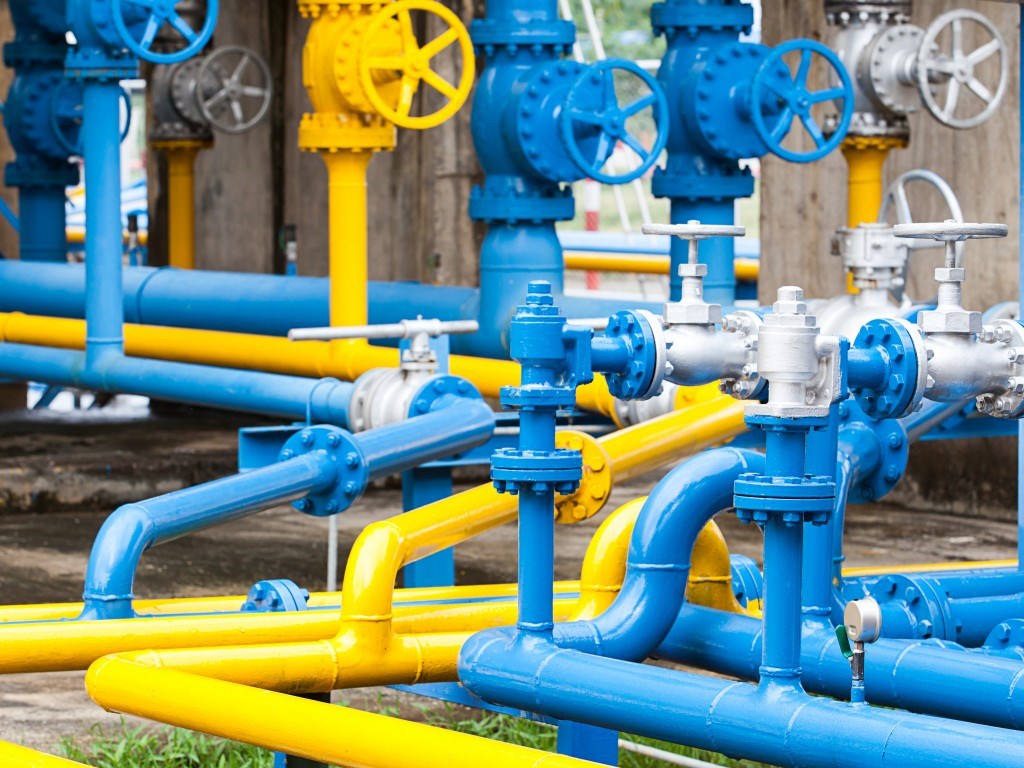


Gas markets got a taste of what’s to come when prices surged about 20% last week, roiled by concerns over the health of France’s nuclear plants and a surprise restriction in a key pipeline.
Still to come is the onslaught of chillier temperatures, shifts in imports of liquefied natural gas and the expiration of a pipeline deal covering flows from Russia through Ukraine. And those factors are likely to keep the market jumpy.
“Our current focus is to make sure we get the most out of the expected volatility in the fourth quarter,” said Gyorgy
Vargha, chief executive officer of energy trader MET International in Zug, Switzerland. “With warm weather, no serious issues around Ukraine and with LNG coming, the situation could be very, very bearish by the end of this year.”
European storage sites are almost 95% full now -- at least a month before inventories typically start to drain to keep the region warm. With above-normal temperatures forecast for the next 30 days, the likelihood of early withdrawals is slipping.
Adding to the bearish scenario are LNG imports, which are increasing along with expanding global production from new plants in the U.S. and Russia.
Gas bulls may get a boost from concerns about reactor safety in France, which may buoy demand for gas generation.
Also, the Netherlands said last week it will impose stricter cuts on output from Europe’s biggest gas field from Oct. 1 and shut it completely by 2022, eight years earlier than planned.
There’s some other signals that could point to higher prices. Traders are weighing the implications of a capacity
restriction on the Opal pipeline in Germany. That followed Poland’s victory in a legal bid that means Russia won’t be able to send as much fuel through the link.
The biggest single factor set to swing the market may be how gas talks between Russia and Ukraine play out. The current deal governing gas flows into western Europe expire at the end of the year. A new deal is needed to ensure uninterrupted supplies. Their next big meeting involving the European Union comes on Thursday.
“We expect volatility in the spot gas market to stay in the fourth quarter because of the extreme oversupply situation and the full storage sites,” Vargha said. “There is quite a supply risk for the first quarter but the continent is well prepared due to high storage levels.”
With persistently warm weather, the difference between spot rates and prices two to three months forward, known as time spreads, will persist and potentially widen, Vargha said. MET expects LNG to continue coming to Europe, keeping the market oversupplied through the winter.
By the end of November, the pace of LNG flows, the weather outlook and the progress of Russian-Ukraine talks will be clearer, Vargha said.
“There could be a very quick correction for the balance of winter if everything is quite bearish,” he said. “November is a relatively decisive month.”
Source: Bloomberg